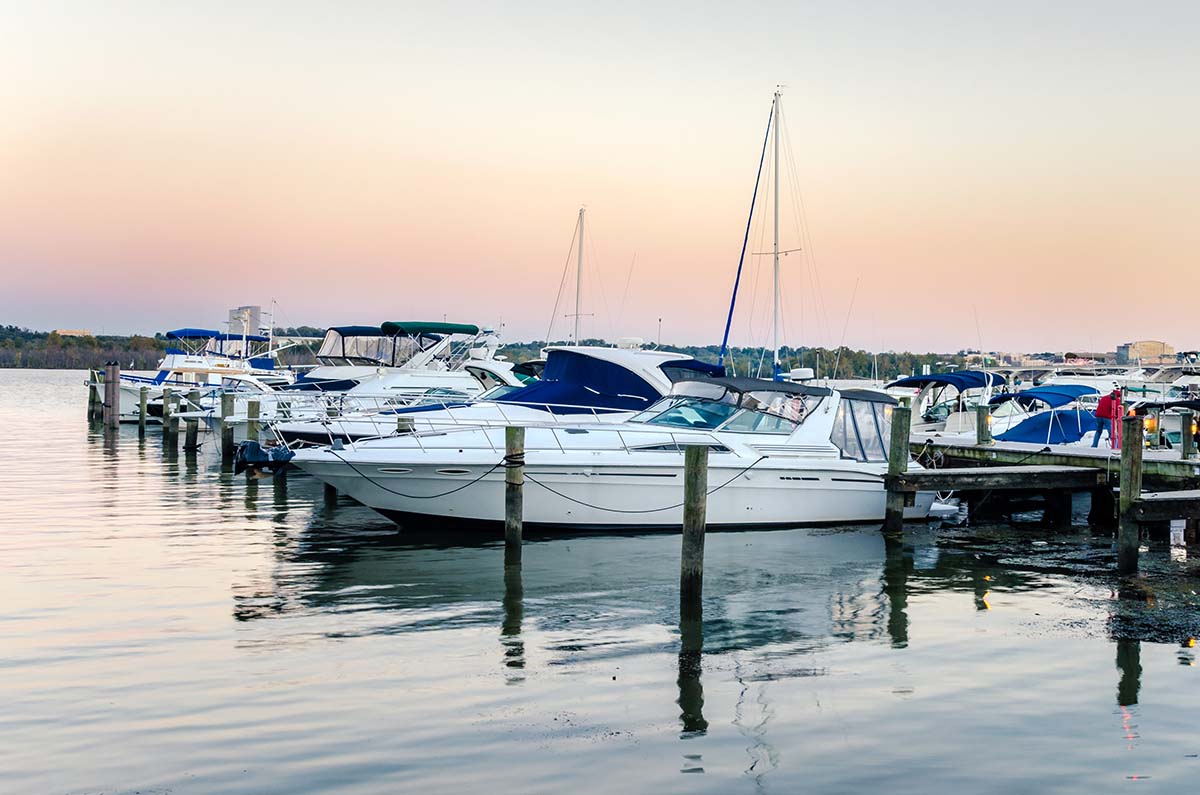
Marina Industry Proves to be a Big Factor in Boosting the Outdoor Recreation Economy
Published on January 13, 2025In November, the Outdoor Recreation Roundtable (ORR) announced that outdoor recreation generated $1.2 trillion in economic output, or 2.3% of gross domestic product (GDP) in the United States in 2023. The findings from the U.S. Department of Commerce’s Bureau of Economic Analysis (BEA) Outdoor Recreation Satellite Account revealed that outdoor recreation continues to be a driving factor in the success of the U.S. economy, job creation and the economic support of local communities.
In addition to the $1.2 trillion in economic output, the BEA reported outdoor recreation supported five million jobs and accounted for 3.1% of all U.S employees in 2023. According to the data, the outdoor recreation economy has grown 36% in real terms since 2012, when the BEA started calculating its size. These results show outdoor recreation contributes more to the U.S. economy than farming, mining and utilities.
Impact from Boating
Marinas and boatyards play a significant role in the sustainability and success of the outdoor recreation industry. Boating/fishing was the largest contributor to the industry, accounting for $36.8 billion in current-dollar value added and was the largest conventional activity in 34 states and the District of Columbia.
Chris Perkins, vice president of programs for ORR, credits some of the marine industry’s more prominent organizations for helping to drive the success of outdoor recreation. “Organizations including the National Marine Manufacturer’s Association (NMMA), American Sportfishing Association, BoatUS and the Association of Marina Industries (AMI) are members of the ORR,” Perkins said. “These organizations join more than 50 recreation organizations from across the United States, representing more than 110,000 businesses that aim to elevate outdoor recreation priorities on topics including access, infrastructure and funding to ensure that Americans have high-quality experiences in the outdoors.”
Perkins said marina owners and operators can support outdoor recreation by being a voice for the industry. “Boat trips have a huge impact, not just in sales to companies, but also to the surrounding economies that support boating and fishing trips and small businesses that facilitate great experiences,” he said. “Marina owners and operators can wield data and stories to illustrate the positive benefits of outdoor recreation to local leaders and policymakers to secure increased investments in outdoor recreation infrastructure and access.”
Marine Industry Challenges
Like all industries, the marine industry isn’t immune to challenges. A lack of skilled workers is affecting marinas and boatyards across the country. Perkins said workforce development is a top priority for the ORR. He cited the ORR’s Workforce Hub, which provides academic resources and job development information for those interested in pursuing a career in the outdoor recreation industry. In a recent study focused on building the outdoor workforce, the number one priority for industry stakeholders was the need to better define outdoor jobs and close the skills gap. “This can include solutions like surveying outdoor industry organizations to categorize common skills across outdoor roles and develop a skills taxonomy for outdoor work, similar to that which exists in healthcare and finance,” Perkins said. “This data will allow for development of skills-based career paths between roles and increased transparency of compensation and benefits aligned with certain skill levels and degrees or certifications.”
In addition, the study noted the need for increased outreach at the K-12 level, so young students understand that a career in outdoor recreation is viable. ORR’s resources also include a career map for RV, motorized boating and powersports trade programs to help people interested in those degree and certificate programs find the right fit. Perkins said programs like SURGE from the Great Lakes Boat Building School and Riverside Marina in Detroit, Michigan, are good examples of how to connect marine careers to prospective talent. “Groups like NMMA, MRAA and AMI can help move us all forward together,” he added.
Perkins said the ORR also hopes to work with the federal government and organizations like workforce investment boards and veterans’ groups to ensure that modern education programs highlight the fast-growing outdoor recreation economy.
Promising Future
The marina industry finds itself in a unique position moving forward. With slips full at marinas across the United States, owners and operators can continue to focus on offering boaters a safe place to enter the water, while also becoming champions for the environment. Environmental initiatives and sustainability are more important than ever, and the outdoor recreation industry has a history of innovation and for being stewards of land and water to create a healthier future for the next generation. “Sustainability efforts across the outdoor recreation industry are evolving to address pressing climate-related challenges, with innovative companies developing multiple decarbonization technologies such as sustainable marine fuels, electrification, hydrogen and hybrid,” Perkins said. “These initiatives not only support sustainability goals and offer long-term financial benefits and competitive advantages but also create better experiences for their consumers and allow the $1.2 trillion outdoor recreation industry to thrive.”
| Categories | |
| Tags |





